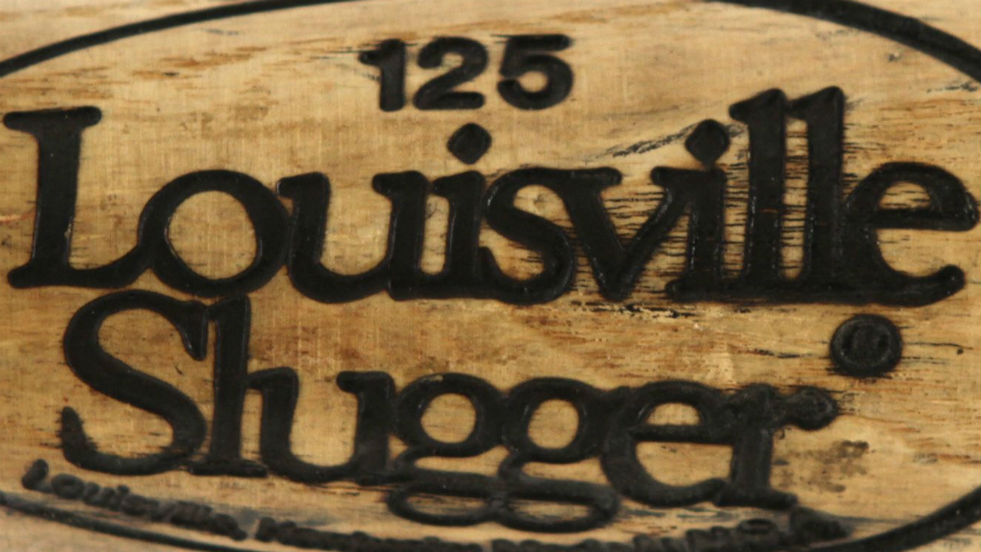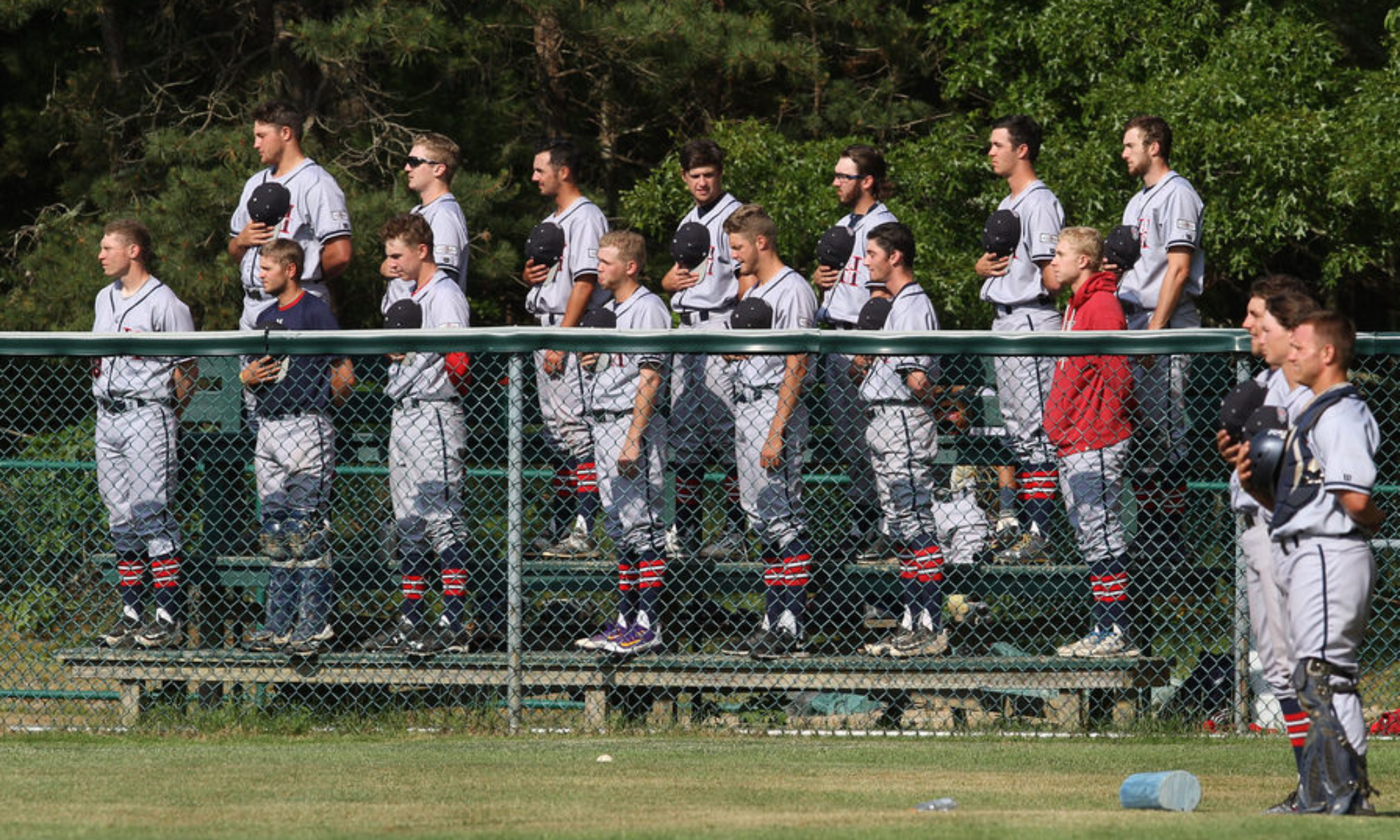 I don’t remember who he was, but I remember my dad getting his attention through the fence. He was from Louisville. So were we. We looked at each other with a bit of wonder. None of us quite belonged at a Cape Cod Baseball League field.
I don’t remember who he was, but I remember my dad getting his attention through the fence. He was from Louisville. So were we. We looked at each other with a bit of wonder. None of us quite belonged at a Cape Cod Baseball League field.
That’s the way it was for many years. I called Kentucky home for the first 22 years of my life. My parents are originally from Boston. Every summer, we packed up the Chevy Astro van and headed north. We always watched a lot of baseball. We never expected to see many hometown Cardinals. Even Wildcats were few and far between.
Basketball is king in Kentucky. Just look at the NCAA Men’s and Women’s Final Fours for proof of that.
But a funny thing is happening – college baseball is taking hold. Louisville made the College World Series in 2007. Kentucky has emerged as a perennial SEC power in the same timeframe, rising to its first-ever No. 1 national ranking last season. When the teams played each other Tuesday night, Louisville’s Jim Patterson Stadium was jam-packed.
Not coincidentally, bluegrass baseball players have been putting down more and more Cape League roots along the way.
From 2000 to 2003, a total of two Louisville players and seven Kentucky players played in the Cape Cod Baseball League. The numbers didn’t increase much over the next five years.
Now?
In 2013, Louisville has nine players ticketed for the Cape, more than any program in the country. Kentucky has six, which is also among the highest.
It’s not surprising, given their success and the increased profile of their programs, but it’s a unique rise to Cape Cod Baseball League prominence. Look at the statistics from the 2000 season, and you’ll see many of the schools that dominate the league today – Florida State, Cal State Fullerton, LSU. In the early part of the last decade, North Carolina, Vanderbilt and Oregon State increased their Cape presence while building themselves into powerhouses.
Louisville and Kentucky have come along more recently. For the Cardinals, the symbolic breakout happened on a July night in 2008, when Chris Dominguez blasted three home runs for Hyannis. Since then, it’s been a steady increase in players making the trek, up to a new high of eight last season.
Collin Cowgill, now a Major Leaguer, set the pace for Kentucky when he helped lead the 2007 Y-D Red Sox to the Cape League championship. Stars like Taylor Rogers have come through since, and five Wildcats played big roles for Cape League teams last year.
The impact that the Cape League has had on the two programs is difficult to measure, but if it was minimal, I don’t think the teams would send more and more players this way. It’s not a driver of success, but you can’t discount the value of a summer spent playing against the best competition in the country.
While their schools have been on a quest to prove their mettle as baseball powerhouses, individual Cardinals and Wildcats have been on the same quest 800 miles north. More and more, they’re succeeding.
My parents still come up every summer, and my dad always wears his Louisville sweatshirt to Cape League games. The players and fans might still be surprised to see it.
But that’s just a product of geography.
Bluegrass now belongs on Cape League fields.

I’d love to see a breakdown of CCBL players by college over the last couple decades. Get to work on it, Will!
I would love to do that. It’s going to be a little tricky because the archived stats from 2004 to 2009 do not have schools listed, but maybe there’s another way.